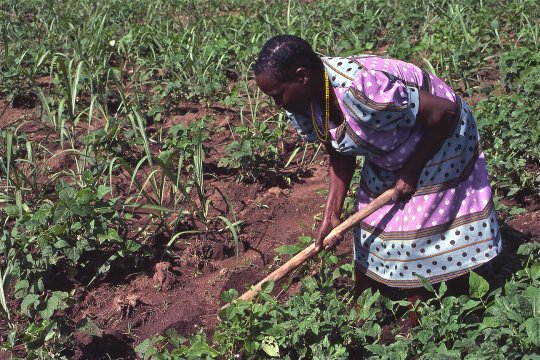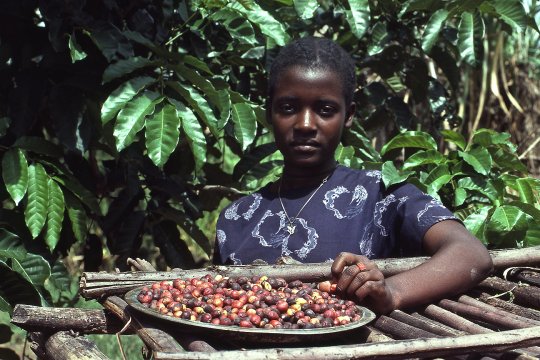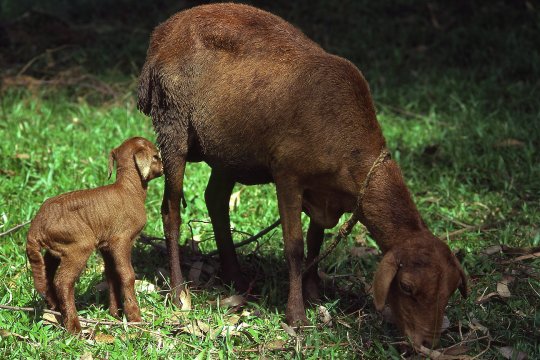|
John Tyman's Cultures in Context Series AFRICAN HABITATS : FOREST, GRASSLAND AND SLUM Studies of the Maasai, the Luhya, and Nairobi’s Urban Fringe |
|
|
|
7. The Adanje Shamba : 064-071 |
|
John Tyman's Cultures in Context Series AFRICAN HABITATS : FOREST, GRASSLAND AND SLUM Studies of the Maasai, the Luhya, and Nairobi’s Urban Fringe |
|
|
|
7. The Adanje Shamba : 064-071 |
Click for full-screen images
 |
| 068. A mother for 30 years, Jimmy’s first wife Marita still worked hard in the fields. |
 |
| 069. Pamela, home for the weekend, helped sort coffee beans ... not grown for sale, but for family use. |
 |
| 070. They owned three cows, one calf, four sheep, three goats, and several chickens and ducks. The lamb in the photo had been born that morning and was still uncertain where milk came from! |

![]()
Text, photos and recordings
by John Tyman
Intended for Educational Use
Only.
Contact Dr. John Tyman at johntyman2@gmail.com
for more information regarding
licensing.
![]()
www.hillmanweb.com
Photo processing, Web page layout,
formatting and hosting by
William
Hillman ~ Brandon, Manitoba ~ Canada